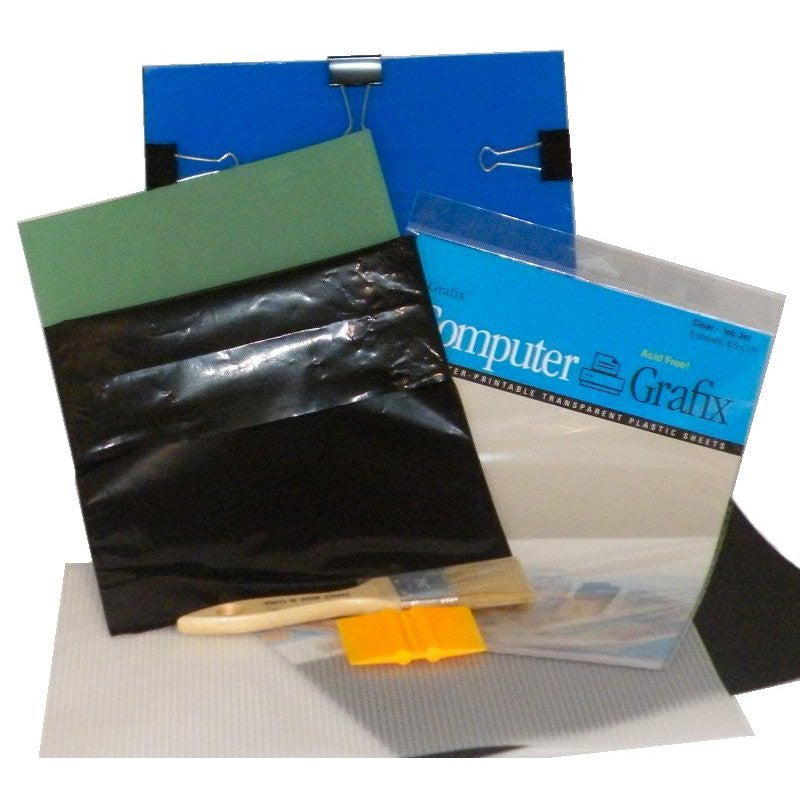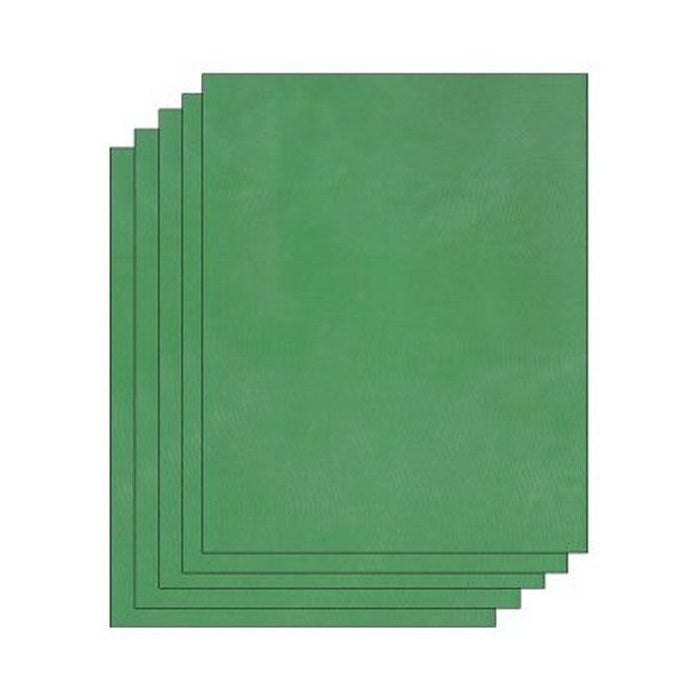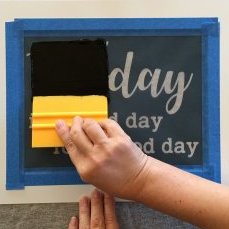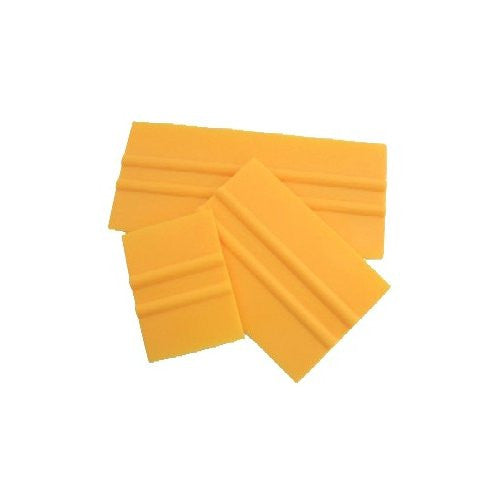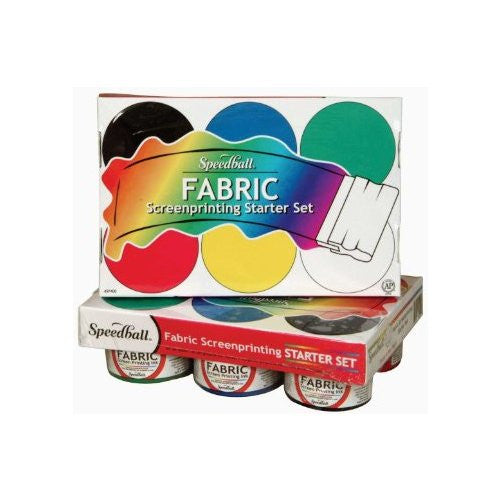Menu
Buyer's Guide

We love screen printing
Screen printing is fun. It is also one of the most versatile printing methods. With the same silk screen stencil, you can print on fabric, wood, glass, ceramics and more. EZScreen customers include annyone from at-home DIYers, to professional artists and screen printers, even aircraft manufacturers. All of these projects are possible using the simple EZScreen, which can also be used hundreds of times to print.
The secret is in the stencil
A screen printing stencil has two elements; A mesh that is typically made of nylon filaments, and a film that covers the mesh. Screen printing stencils make printing on different materials possible because the screen allows ink through, while the film blocks the ink from going in undesired areas. This makes screen printing stencils different from most other stencils by allowing you to have floating elements.
Introducing the EZScreen
Most screen printing is done with the screen mesh stretched and permanently attached to a frame. Here at EZScreenPrint, we have created the EZScreen, which is a frameless screen printing stencil. EZScreens are more flexible, easier to store, and more cost effective than traditional screen printing equipment.
3 ways to get started with EZScreens:
1. Make your own EZScreen stencils
EZScreen stencils are prepared using a transparency print and UV light. You will need a printer and a little bit of equipment. The easiest way to create your own EZSCreen stencils is to get our Screen Printing Kit.

2. Purchase pre-designed and ready to use EZScreen stencils
This is the easiest way to get started screen printing. Pick from our growing catalog of screen printing designs, and you are ready to print.

3. Send your artwork for a custom prepared ready to use EZScreen stencils
Have some artwork you want to be able to print on almost anything but want us to take care of preparing the stencil? We do that too! Send us your artwork to get the ball rolling.

Options:
Mesh count
Becauase EZScreens can be used on many different surfaces, a lot of our customres find themselves using several types of inks or other printing mediums with their silk screen, which will likely have different consistencies. As an example, fabric ink is thicker than acrylic paint that is typically used for printing on glass, paper, and wood. To improve print quality with different inks, we offer two different mesh sizes; standard and HIDEF.
The standard 110 thread count is suitable in most projects. It is good for inks/paints containing large pigments (like opaque inks and ceramic under-glazes) that you might use for screen printing on fabric, t-shirts, wood, ceramic, pottery, bisque, and clay.
Our HIDEF option has a 160 thread count. This helps with highlu detailed images and halftones. HIDEF screens are also better when using thinner inks or when printing on non-porous surfaces such as glass, plastic, or metal. Pushing ink through the higher thread count may be more difficult. Inks/paints branded "metallic" or "opaque" may not come through the mesh well. Feel free to reach out if you have questions about what mesh count will work best for your project.
Size
This one is pretty self explanatory. You are going to need a stencil that is at least as large as your artwork. We usually recommend at least 1/2 an inch border all the way around your design. Meaning, your stencil should be at least an inch wider and taller than your design. It is convenient to have even more space, but we strongly recommend that 1/2 inch minimum.
We sell EZScreen stencils in 3 sizes; 11"x17", 8.5"x11", and 4.25"x5.5". These are standard paper sizes (Tabloid, Letter, and A2). Keep in mind that if you are printing your own transparencies that you will need transparencies and a printer that can print the size of your final desired artwork. If you decide on a design that is smaller than the EZScreen you have, you can cut your EZScreens down yourself to get multiple stencils out of a single sheet.
Inks and printables
Screen printing on fabric?
We have 4 types of fabric ink:
- 6 color starter set
- Great for light colored clothing
- Black, white, blue, green, red, and yellow
- Inks can be mixed, so grab a color wheel
- 4 Color Fluorescent & Night Glo Set
- Hot pink, lime green, orange, and glow in the dark
- Colors can be mixed, so grab a color wheel
- Great for light colored clothing
- 4 Color Fluorescent Screen Printing Ink Set
- Hot pink, lime green, orange, and blue
- Colors can be mixed, so grab a color wheel
- Great for light colored clothing
- Single jars
- Great for when you just need black or white
- White works well on dark clothing
Here are some supplies that aren't specific to screen printing to keep on hand:
- Masking tape
- Paper towels
- Wood paddles or plastic spoons for scooping ink
- Spray adhesive to your shirt or article in place
Screen printing on ceramic?
You will probably need a gel printing pad to transfer your work to your pieces.
For more information, you can also checkout our guide for Screen Printing on Ceramics
Screen printing on wood
Coming soon.
Screen printing on glass
Coming soon.
- Choosing a selection results in a full page refresh.

